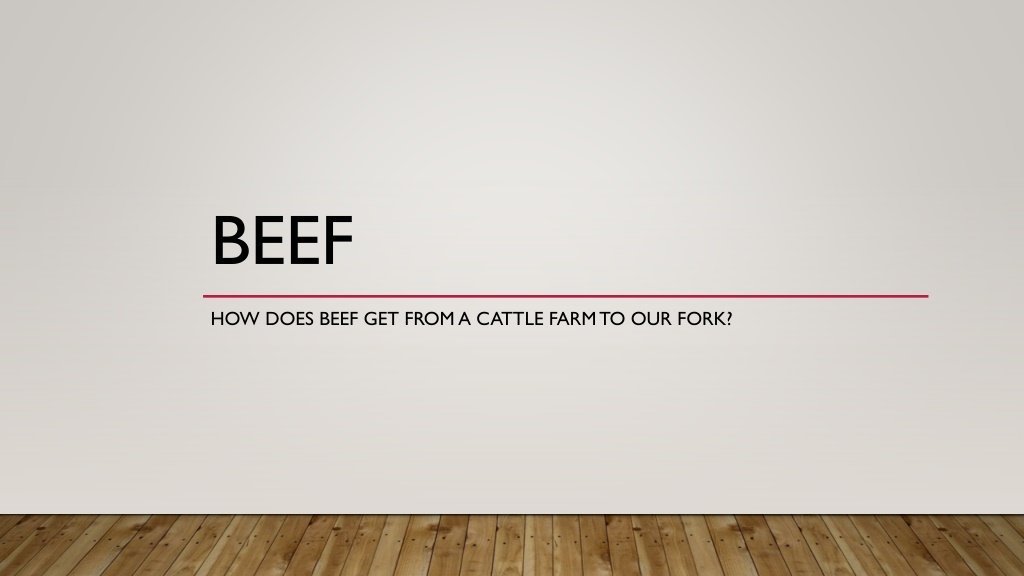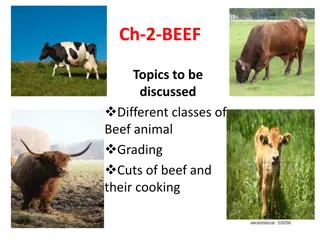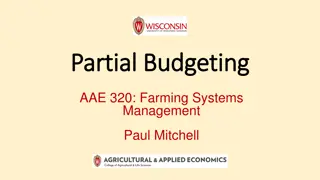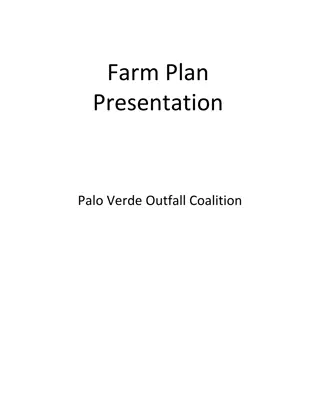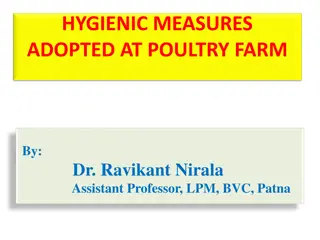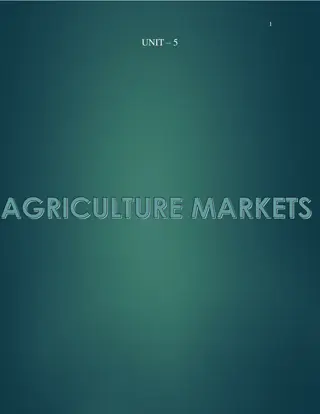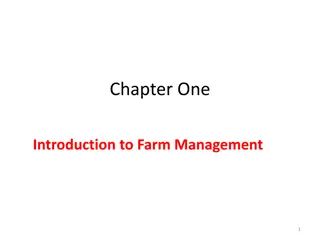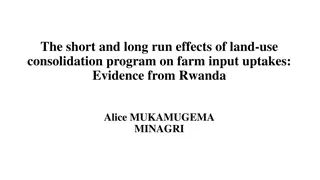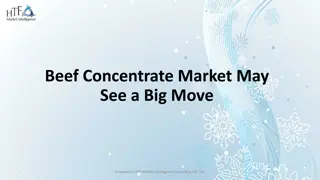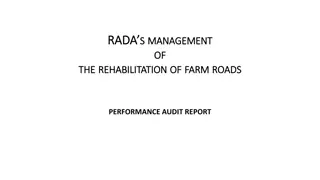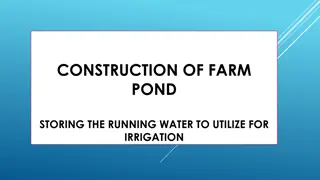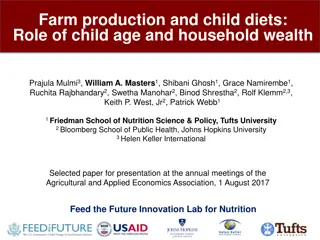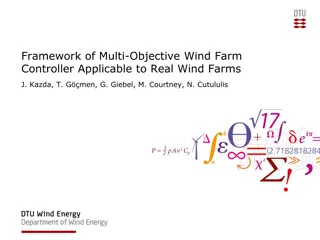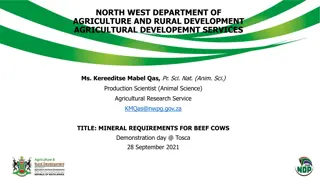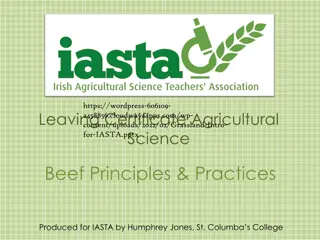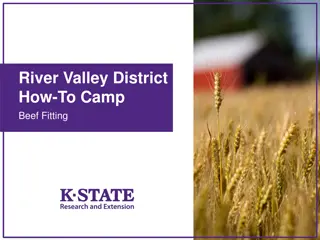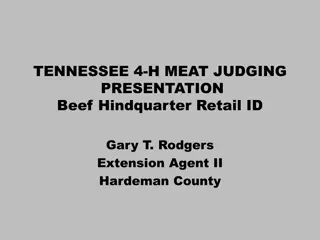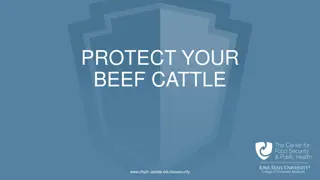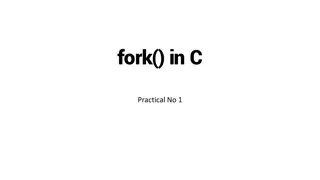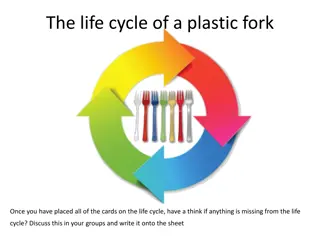Journey of Beef from Farm to Fork
Beef production involves a process starting from cattle farms where cows give birth to calves, followed by the growth stages including nursing, weaning, auction, grazing, feeding in feedyards, and eventually harvesting in processing facilities. The final beef cuts are distributed to supermarkets and restaurants worldwide, with a significant portion consumed in the United States. The beef life cycle emphasizes the care and progression of cattle from birth to market, highlighting the complexity of the industry.
Download Presentation

Please find below an Image/Link to download the presentation.
The content on the website is provided AS IS for your information and personal use only. It may not be sold, licensed, or shared on other websites without obtaining consent from the author. Download presentation by click this link. If you encounter any issues during the download, it is possible that the publisher has removed the file from their server.
E N D
Presentation Transcript
BEEF HOW DOES BEEF GET FROM A CATTLE FARM TO OUR FORK?
1-FARMS & RANCHES On farms and ranches, cows are bred and give birth to a calf each year.
2-YOUNG CALVES For the first several months of their life, baby calves nurse on their mother s milk and begin eating grass and other forage.
3-WEANING The calves are weaned (separated) from their mother when they are about 8 months old and 500 pounds. The growing calves continue to eat grass and other forages that are not digestible for humans.
4-LIVESTOCK AUCTION Some calves will be sold at livestock auction markets by farmers and ranchers called stockers or backgrounders. They raise the calves to the next stage of growth. Other calves, often heifers, are kept on the cow-calf farm as breeding animals.
5-STOCKERS & BACKGROUNDERS The cattle sold to the stockers and backgrounders graze cattle on all kinds of pasture until they grow to the next stage. Cattle gain weight by converting grass and forage into protein
6-FEEDYARD Cattle are sold or moved to a feed yard where they eat a carefully balanced, grain-based diet until they reach a final market size.
7-HARVEST Cattle are harvested in modern processing facilities or packing plants where skilled workers break down beef carcasses into popular beef cuts.
8-SUPERMARKETS & RESTAURANTS Beef from the packing plant is sent to supermarkets and restaurants around the world 90% of the beef raised in the United States is consumed here 10% of the beef raised in the United States is exported to other countries v
9-BEEF ON YOUR TABLE You can enjoy healthy, nutritious beef by buying it from the supermarket or eating it at your favorite restaurant! Beef provides high quality protein and 10 essential nutrients
